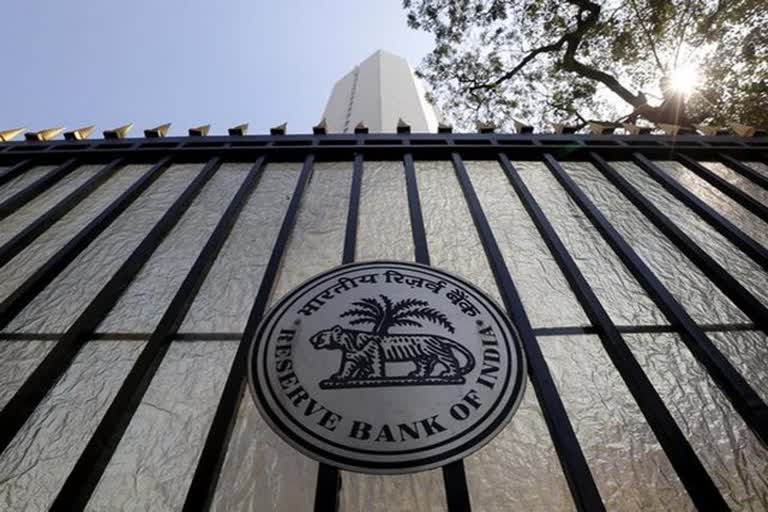Mumbai: The Reserve Bank of India on Monday modified the guidelines on large exposures for banks with a view to reduce the concentration of risk and align them with the global norms.
The modified 'Large Exposures Framework' (LEF) provides exclusion of entities connected with the sovereign from the definition of a group of connected counter-parties.
It also introduces economic interdependence criteria in the definition of connected counter-parties.
The amendment, the RBI said, is being done in order to "capture exposures and concentration risk more accurately" and to align the above instructions with international norms.
As per the revised norms, the sum of all the exposure values of a bank to a single counter-party must not be higher than 20 per cent of the bank's available eligible capital base at all times.
In exceptional cases, the board of banks may allow an additional 5 per cent exposure to the bank's available eligible capital base.
Read more:Weak monsoon to hit economic growth, subdue consumption
In case of groups of connected counter-parties, the sum of all the exposure values of a bank to a group of connected counter-parties must not be higher than 25 per cent of the bank's available eligible capital base at all times, the revised LEF said.
Under the LE Framework, exposure to a counter-party will constitute both on and off-balance sheet exposures included in either the banking or trading book and instruments with counter-party credit risk.
On exposures to NBFCs, the banks' exposures to a single NBFC should be restricted to 15 per cent of their eligible capital base.
Also, banks' exposures to a group of connected NBFCs or group of connected counter-parties having NBFCs in the group should be restricted to 25 per cent of their Tier I Capital.



